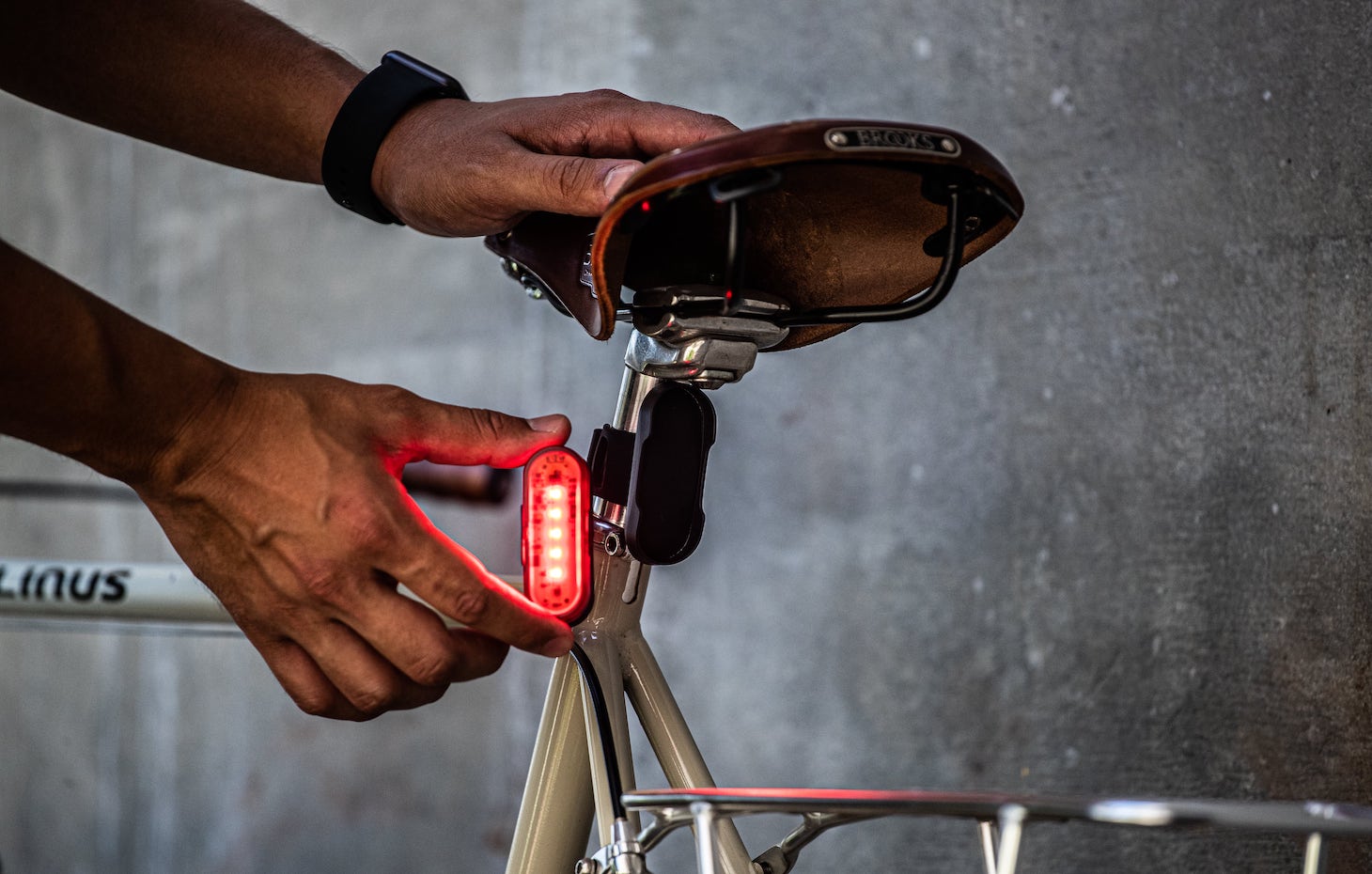
We built the Thousand helmet brand with safety at our core. As avid riders, we know what we’re up against every time we roll out onto the streets. It’s one of the reasons why we believe riders should take care to equip their bicycles with headlights and taillights. You can never be too safe on two wheels, right? This goes for bike commuters, leisurely riders, cyclists, and mountain bikers.
With that, we turn the spotlight on bike lights and the law. And we did a little digging to find out if they’re required or not.
BIKE REFLECTORS (PASSIVE LIGHTING)
Federal regulation requires that new bicycles, cycles, and mountain bikes meant for the road must come equipped and sold with reflectors. This includes amber pedal reflectors, a clear front reflector, clear side reflectors and a red rear reflector. After you buy the bike, though, you can legally remove them. Take note that it’s illegal to ride in the dark without reflectors. So, it’s probably better (and safer) to just keep them on. If you’re riding a vintage or used bike, take a quick look to see if it has the required reflectors and purchase them if not.Before moving on, let’s take a moment to define “darkness” because it doesn’t always equal nighttime. According to The Uniform Vehicle Code, “darkness” is defined as any time when visibility is too low to render clearly any person or vehicle on the highway at a distance of 1,000 feet. That means bouts of weather, like fog, heavy rain or snow, could also be considered “darkness” and require the proper bicycle reflectors to keep yourself safe — and legal.
BIKE LIGHTS (ACTIVE LIGHTING)
There are no federal regulations that require the sale of bicycles with lights. So, it’s up to you. It’s highly recommended that riders boost their visibility with headlights and taillights for daytime and nighttime riding. Not sure which ones to buy? We have a guide for that. Bike lights not only help motorists see you, but they also help you see and avoid potential hazards ahead. Most states require that bicyclists attach a bright white headlight to their bikes when riding in the dark. The beam should extend a minimum of 500 feet ahead. Those who ride mountain bikes may find it especially helpful to choose a daytime bike light to help illuminate trails.
As for taillights, they’re definitely allowed (and encouraged) on your bike but not required by law in most states. Again, the choice is yours. Interestingly, there’s one law regarding rear lights should you choose to use one. Legally, bike taillights must be red.
Another option is to choose a helmet with a rear red light attached to it. The Thousand Chapter MIPS Helmet is one such option. The 50 lumen magnetic taillight comes with two modes and runs for 1 hour on solid and 2 hours on flashing. How will you elevate your safety game?


